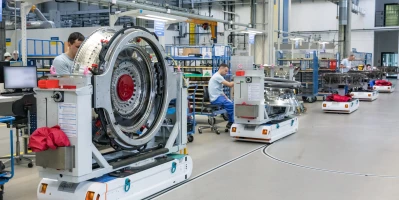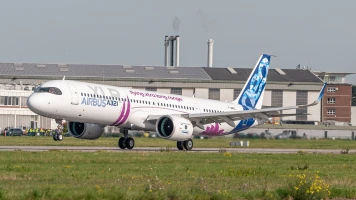aviation
Leasing companies are the secret drivers of aviation
In times of supply bottlenecks from aircraft manufacturers, airlines are increasingly turning to leasing companies. Today, more than half of all commercial aircraft in service are leased.
author: Andreas Spaeth | 6 mins reading time published on: 31.01.2025
author:
Andreas Spaeth
has been traveling the world as a freelance aviation journalist for over 25 years, visiting and writing about airlines and airports. He is frequently invited to appear on radio and TV programs to discuss current events in the sector.
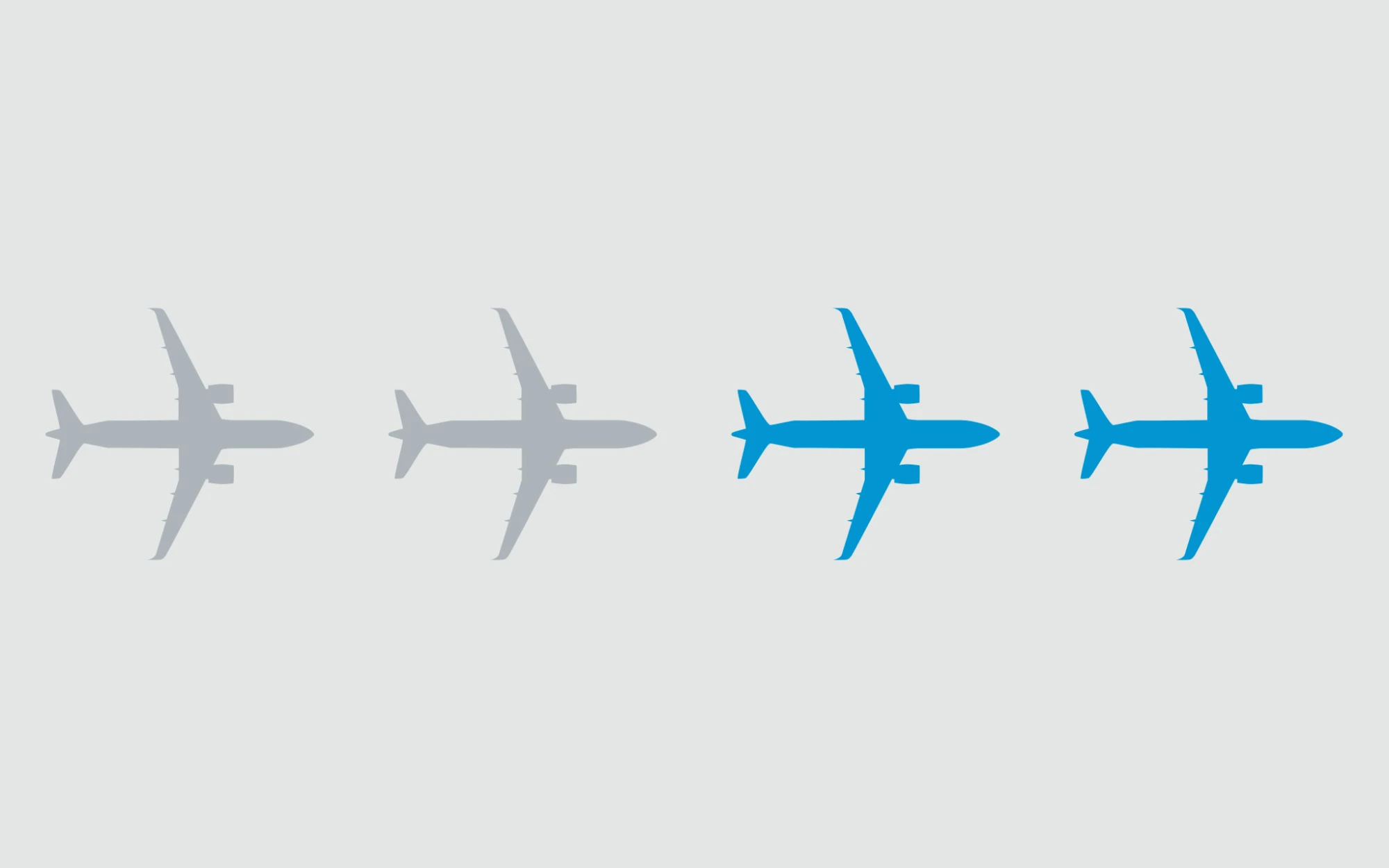
The “godfather of aircraft leasing,” as some in the industry call Steven Udvar-Házy, still sits at the aircraft controls himself. When AEROREPORT met with the Hungarian-born Californian on the Mediterranean island of Malta, he had just flown in from London in the cockpit of a Gulfstream 650ER. “It’s the latest model and it really is the best private jet there is,” the 78-year-old enthuses. “But I’ll often fly part of the route on delivery flights for Airbus and Boeing jets: I like the A350 and the 787 best,” he says.
Udvar-Házy founded the International Lease Finance Corporation (ILFC) in the United States in 1973 together with two other Hungarian émigrés. Their business started out with a DC-8, which the young company leased to Aeroméxico. The rest is history: today, Udvar-Házy is Executive Chairman of Air Lease Corporation (ALC), one of the four largest aircraft leasing companies in the world, which he founded in 2010; Forbes estimates his fortune at over four billion U.S. dollars. So far, Udvar-Házy has been involved in leasing a total of 3,100 aircraft, more than 2,900 of them brand-new from all major manufacturers.

50 percent of all commercial aircraft active today fly under lease
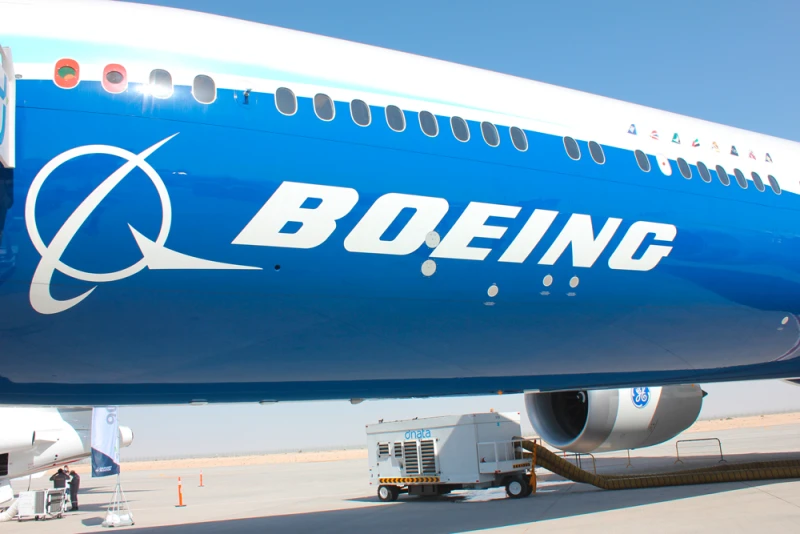

©shutterstock – Arnold O. A. Pinto


©shutterstock – Arnold O. A. Pinto
Leasing companies order large numbers of aircraft types from manufacturers that they can successfully place on the market.
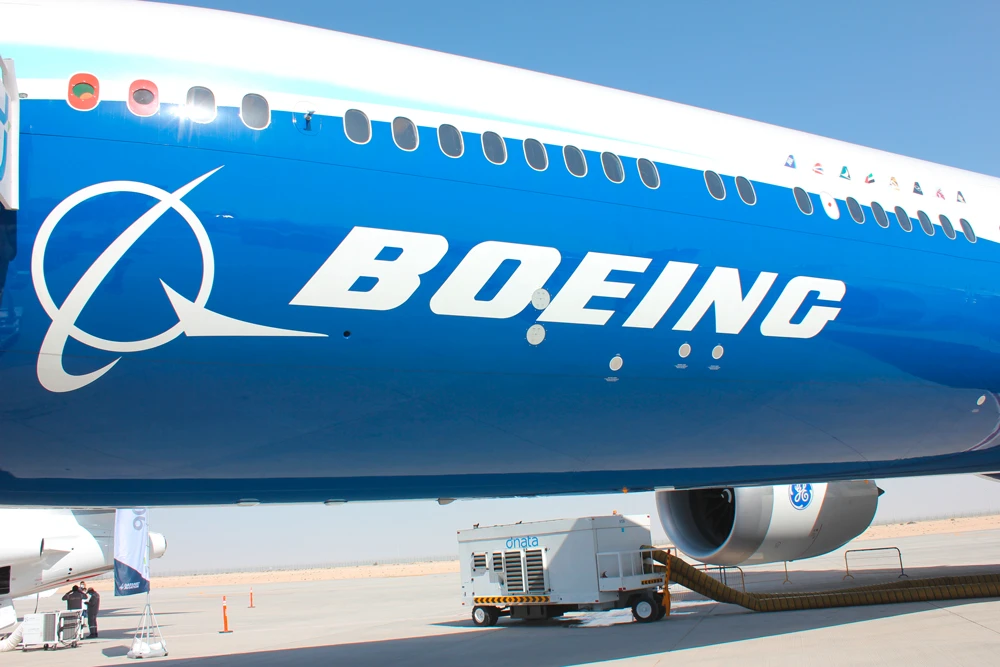
©shutterstock – Arnold O. A. Pinto
Aircraft leasing is a success story that is playing an increasingly central role, especially in times when aircraft manufacturers are plagued by delivery delays. It took around four decades for leasing to overtake airlines’ purchases of aircraft. From modest beginnings in the 1970s, when only just over 2 percent of all commercial aircraft were leased, leasing’s share increased tenfold over a period of three decades to reach 27 percent in 2000. In 2022, after two more decades and a pandemic, the share of all active commercial aircraft worldwide that were under lease rose to more than 50 percent for the first time.
The principle is straightforward: leasing companies place large orders with manufacturers for aircraft types that they are sure they can find customers for on the market. A common alternative to direct orders of this kind is what is known as sale and leaseback, under which leasing companies buy existing aircraft from the airlines and lease them back directly. Leasing companies are often also the launch customer for new variants, which they encourage the aircraft manufacturers to produce. ALC was the driving force behind Airbus adding the A321LR and A321XLR, both extremely popular long-haul versions, to its portfolio. ALC also provided the impetus for the introduction of the Boeing 787-10 and the Airbus A350-1000.
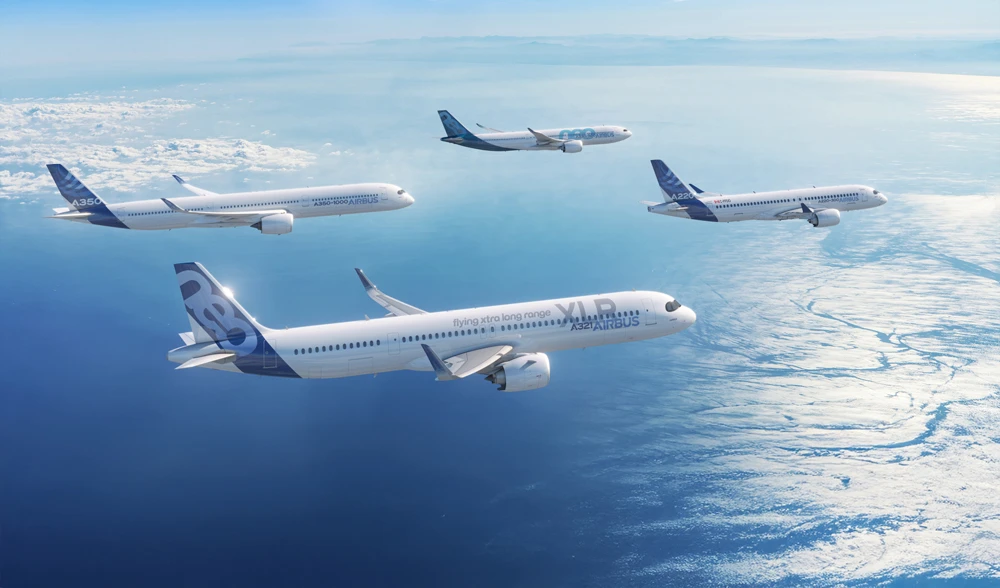
©Airbus SAS 2024
©Airbus SAS 2024
Leasing companies play a crucial role in the introduction of new models such as the Airbus A321LR and A321XLR.
Leasing enables more flexibility in the face of fluctuating demand
When leasing companies place an early major order, the aircraft manufacturers grant them significant discounts that they wouldn’t offer individual airlines. And because the leasing companies own many high-value assets in the form of aircraft, they have much easier access to capital than airlines, which are constrained by their low profit margins. The leasing companies then look to place their inexpensively acquired new aircraft with airlines for as long as possible. Leasing offers airlines enormous advantages, as it allows them to remain more flexible and react with more agility to fluctuations in demand. “The combination of lower capital costs and lower aircraft acquisition costs makes us an attractive alternative for airlines,” Udvar-Házy says.
At MTU Aero Engines, market analyst Paul Lützkendorf is the leasing specialist. “Especially in times when the delivery of new aircraft is often delayed, this is a great way to do business,” he says. It’s worth noting that orders placed by the leasing companies themselves have also contributed to the current shortage of free production slots. “But of course they also keep air traffic going by being able to offer airlines the aircraft they want.”

Are leasing companies the real winners of the crisis?
There’s one thing everyone agrees on: air traffic will continue to see significant growth. The International Air Transport Association (IATA) expects passenger numbers to be a little over five billion for the first time in 2025. ALC expects that figure to reach well over six billion by 2030—which means more aircraft will be needed. “In 2024, we had 24,466 commercial aircraft worldwide. We expect that number to rise to 31,000 jets by 2030,” Udvar-Házy says. With delivery times currently stretching to six years or more, especially for widebody aircraft, leasing contracts are a good alternative.
Even those airlines that are firmly on the order books of major aircraft manufacturers can’t be sure they’ll receive their jets as requested. “I think the leasing business will play an even more important role,” Lützkendorf says. “Leasing enables aviation to grow, especially in markets such as China, India, and the Philippines, where we’re seeing particularly strong growth in low-cost airlines that have young fleets but lack financial strength due to low margins.” And, as he points out, “Now, after the Covid pandemic, many airlines are saddled with more debt than they were before, and as a result they often face financing difficulties. It’s more affordable for them to get their aircraft from the financially strong leasing companies.”
You may also be interested in following content
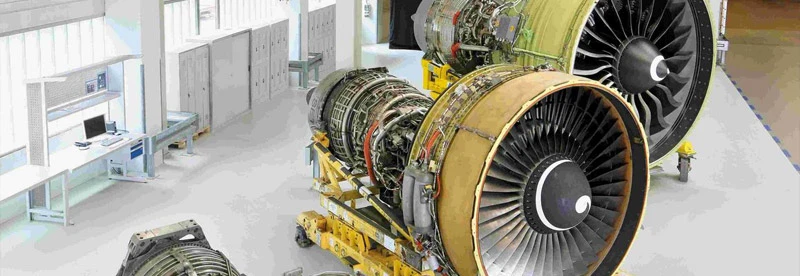
Leasing services
MTU Maintenance offers a wide range of leasing services: no matter whether our customers need swift support in an AOG situation or are looking to lease during the term of a shop visit, we always tailor our services to their specific needs.
Leasing companies can benefit from MTU’s expertise
Indirectly, this could also generate new business for MTU. “Some leasing companies specialize in older aircraft that have only one more leasing period left in their lifecycle. Often, that’s precisely when engines are replaced and fleets optimized. There are good opportunities for MTU to provide advice at this point,” Lützkendorf says. The leasing expert adds that this could also give MTU an opportunity to apply its MRO expertise.
What’s more, leasing companies are a kind of seismograph of where the development of new commercial aircraft is heading. If they give manufacturers’ proposals a thumbs down, this often weakens those models’ market potential. For example, Udvar-Házy sees a gap in the current range between the Airbus A321 and the Boeing 787-8. “We need an aircraft with 220 to 280 seats,” the leasing pioneer says.
Conversely, leasing companies’ forecasts can open up completely new market segments. The enormous success of the A321 long-haul variants shows that aircraft manufacturers would do well to take up such recommendations: since 2019, more than 370 orders have been placed for the best-selling A321XLR alone. Yet another reason why the golden age for the leasing industry is far from over.
ALC - Leasing company of an industry pioneer
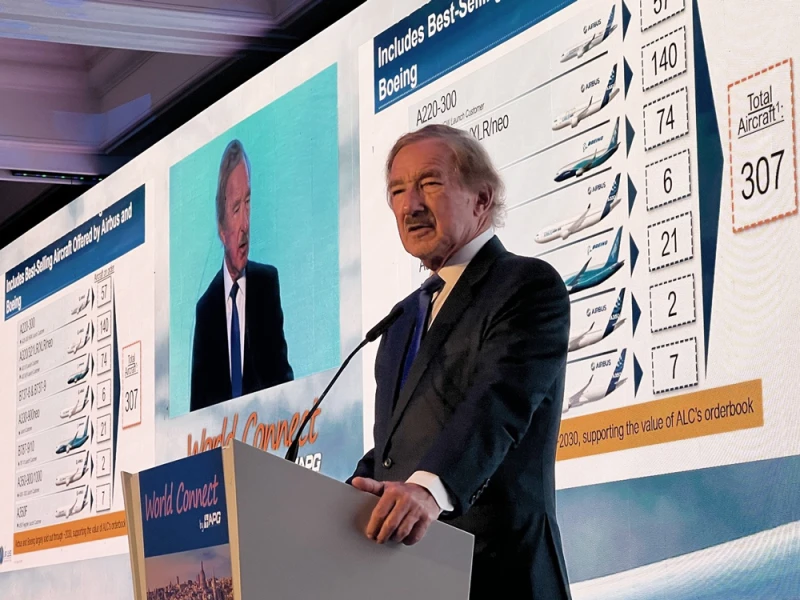

©Andreas Spaeth


©Andreas Spaeth
Steven Udvar-Házy is Executive Chairman of Air Lease Corporation (ALC), which he founded in 2010.
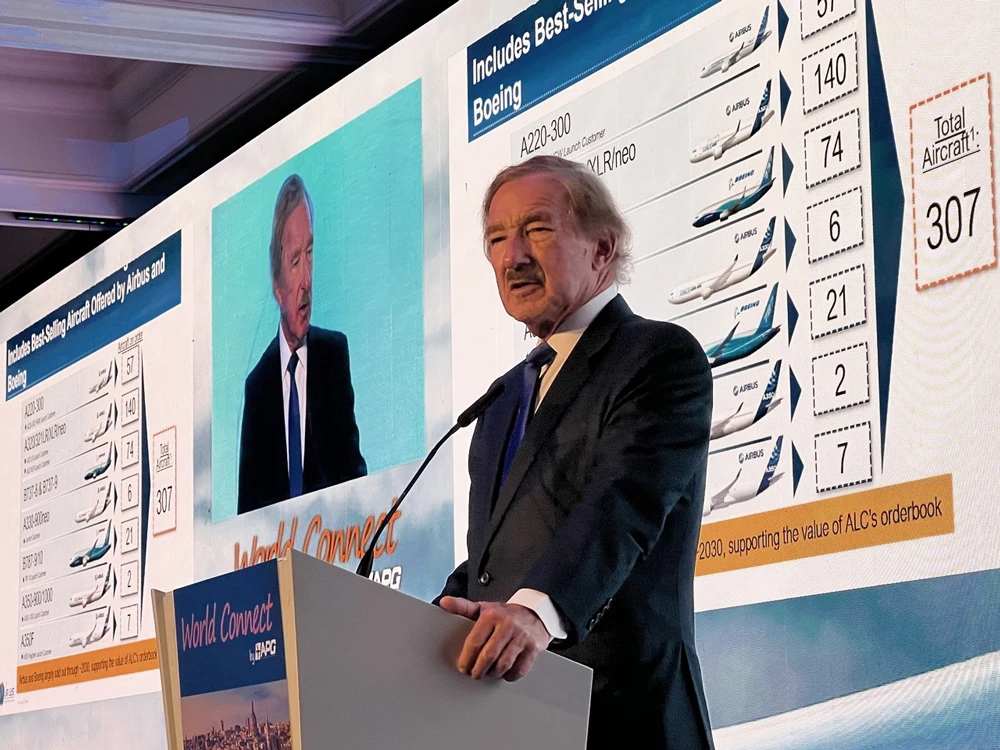
©Andreas Spaeth
When a young Steven Udvar-Házy co-founded one of the first aircraft leasing companies, the International Lease Finance Corporation (ILFC), in 1973, his instinct would prove to be right on the money. By the early 2000s at the latest, the aircraft leasing industry really began to take off; today, this triumphant market boasts dozens of active players. For tax reasons, Ireland was long regarded as a leasing paradise, but now the United States is also home to many providers. In 2010, Udvar-Házy left ILFC to start a new company, Air Lease Corporation (ALC).
His new business quickly became one of the top five in the industry. In spring 2024, ALC had a portfolio of 472 aircraft, comprising 354 narrowbodies and 118 widebodies. In July 2024, ALC had 307 open aircraft orders worth 20 billion U.S. dollars, including 197 for the successful Airbus narrowbodies. Once its aircraft reach an age of eight to twelve years, ALC sells them and invests the proceeds in new aircraft. “Leasing is a huge business that requires a lot of capital and expertise,” Udvar-Házy says.




